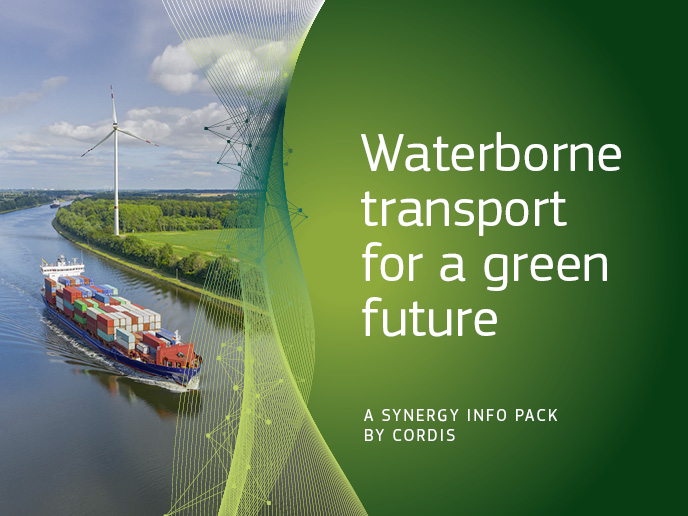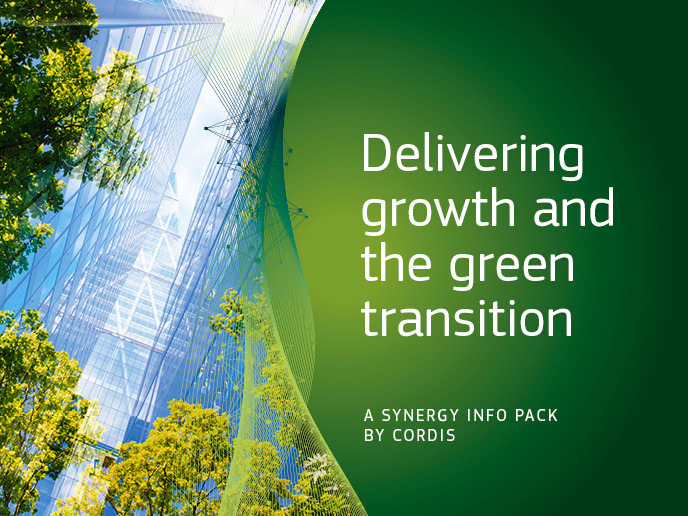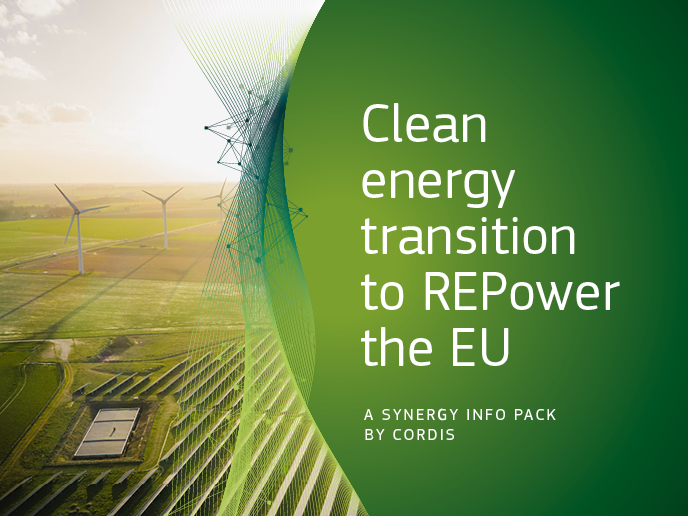Sustainable, bio-based materials for food packaging
In 2020, global plastic production was estimated to be 367 million metric tonnes(opens in new window) – a slight decrease of 0.3 % compared to 2019. In Europe, plastic production almost reached 55 million tonnes(opens in new window). Only 1 % of these newly manufactured plastics is bio-based. The numbers continue to be shocking. The recycling rates of this wonder material, known for its durability and low cost, are quite low in the EU. Around 70 % of plastic is used just once. Once disposed of, it breaks down into smaller particles that take centuries to decompose, posing a threat to marine life and human health.
Food waste gets a second life
Polylactic acid (PLA) and polyhydroxybutyrate (PHB) are biodegradable materials commonly investigated for food packaging applications. However, despite their potential, they are expensive, brittle and have low thermal stability. This is where the EU-funded NEWPACK(opens in new window) project has made an impact. “The key objective of NEWPACK was to develop at least two bio-based materials that are more sustainable and demonstrate better performance compared to state of the art for use in food packaging. The springboard for the project was to produce PLA and PHB blends, with PLA stemming from commercial sources and PHB from agri-food waste,” notes project coordinator Niina Halonen. NEWPACK’s breakthrough achievement included finding bacteria that produce PHB from agri-food waste, such as potato peels. The process is pretty simple: bacteria eat sugars originally extracted by potato peels, excreting PHB. Blending is a simple and cheap way to tune the properties of PLA and PHB. However, it is an energy-consuming process as it involves melting the mixed polymers. Going a step further, project partners experimented with adding additives, namely nanocellulose and nanochitin, to improve the mechanical and thermal stability of the PLA–PHB blends. Despite being used in small amounts, both additives reinforced the properties of the materials without affecting their optical properties. Nanochitin was derived from commercial chitin that is abundant. Natural extracts were also added to the mix to strengthen the antioxidant and antibacterial properties.
Plastic waste management: an environmental boon or burden?
The newly developed materials demonstrated comparable performance to the conventional polymers used in food packaging, eliminating the use of fossil raw materials and any concerns about microplastic pollution. But could PLA–PHB blends become widely used as building blocks of ubiquitous plastics? The high selling price and the great energy amounts required for their production put these biodegradable materials at a significant disadvantage to traditional plastic ones. Further work is still needed to tackle these issues. “The environmental load could be further reduced if the energy stems from renewable sources,” notes Halonen. Conducting life-cycle assessment analysis offers a systematic way of determining the potential environmental impacts of the materials. “Although the concept of biodegradable materials sounds sustainable on paper, it is very important to perform a hotspot analysis to determine any negative aspects and enhance the true sustainability of the materials,” explains Halonen. “Providing objective information about the materials from the beginning helps avoid any greenwashing that could negatively affect the consumers’ perception of novel products.”







